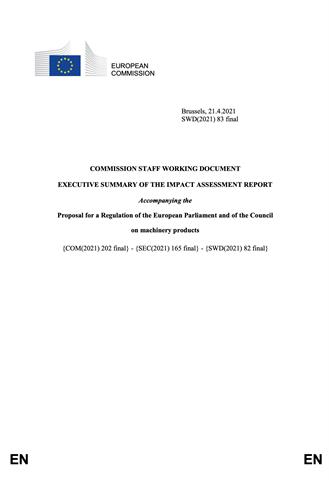 The new EU recommendations |
The European Union has issued a new proposal for the regulation of machinery products, potentially impacting all materials handling suppliers.
The proposal comes in the wake of an EU report on artificial intelligence which concluded that the EU's current product-safety legislation - in particular regarding the machinery directives (MD) - contains a number of gaps that need to be addressed.
The general objectives of the directives are to ensure free movement of machinery within the single market and to ensure a high level of protection for machinery users and other exposed persons.
The report found that current regulations do not address developments in digitalisation, such as the Internet of Things, artificial intelligence (AI), and the new generation of autonomous robots.
"In particular, the revision of the MD intends to address the following issues: (i) the MD does not sufficiently cover new risks originating from emerging technologies;
(ii) legal uncertainty due to a lack of clarity on the scope and definitions, and possible safety gaps in traditional technologies;
(iii) insufficient provisions for high-risk machines;
(iv) monetary and environmental costs due to extensive paper-based documentation;
(v) inconsistencies with other pieces of Union product-safety legislation; and
(vi) divergences in interpretation due to transposition," according to an EU statement.
The EU considered a range of options and is recommending "burden minimisation and enhanced safety".
This option would change the current act to increase legal clarity in scope and definitions. It would also make changes to achieve simplification by allowing digital documentation, aligning the MD to the NLF (new legislative framework), and avoiding divergences in interpretation by converting the MD into a regulation.
"This option would also include an empowerment to the Commission for reviewing the current list of machines presenting high risks to new market developments in this area, remove the internal check option for the conformity assessment of the high-risk machines, and make a first adaptation of the list of high risk machines."
A number of industry groups have begun examining the proposed changes and should be consulting with their members in the months ahead.